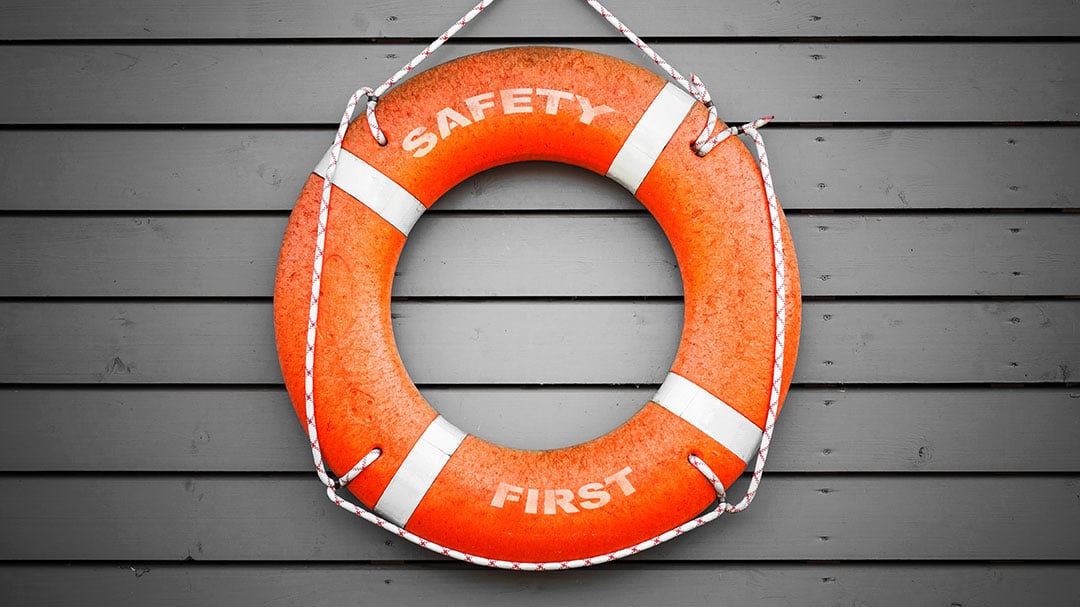The main benefit of online training when it comes to maritime safety and compliance is that users can be reached everywhere, all over the world, at any time. One cannot take shortcuts when it comes to maritime safety training and federal mandates, and face-to-face training just won’t cut it when you have employees scattered all over the country, or world for that matter. Safety and compliance training needs to be quickly updated and disseminated to users quickly and easily – with the minimum of fuss. Online training is the only way a large number or users in different locations can be reached at once without costing a fortune.
What are the benefits of custom safety training online?
The most significant benefit of virtual custom safety training is the decreased risk of on-the-job injury and accidents. Not only can this lower the risk of costs associated with injury, illness, death, damage to equipment, higher insurance premiums, staff turnover, and also delayed deliveries of products and service – but it can ensure that worker productivity levels remain high. A custom safety training program protects your company and shows you have adequately trained employees in workplace safety. A customer company or an institutional body, for example, can examine the safety training program you have made employees complete, and understand whether requirements have been met to protect employees and ensure workplace safety. Custom safety training also gives employees the confidence they need to work without fear of safety, and boosts efficiency and productivity.
Custom safety training can have beneficial impact on any business, no matter how large or small:
a) Best practice: this stresses the importance of the best work methods and procedures to employees, and communicates the commitment the company has to high performance standards.
b) Compliance: training ensures employees are compliant with all industrial and enterprise awards and agreements.
c) Increase productivity: training increases quality of work produced and efficiency in which tasks are completed.
d) Reduction of costs: fewer work-related injuries or accidents will occur, reducing overall costs (associated with injury, illness, insurance claims etc.).
e) Risk management: training contributes to the process of identifying, understanding and eliminating risks within the workplace.
Part 3 of a series of posts about Maritime e-learning from:
Capt. Ioannis Theodorakas, Theta Marine Consulting
Dr Antonis Frigas, COO, SQLearn






